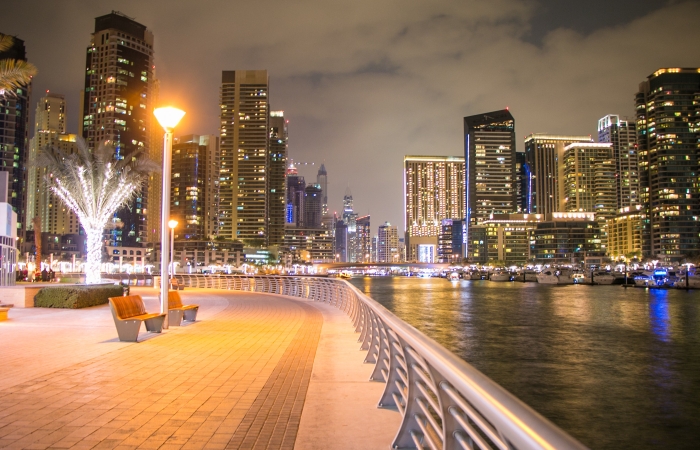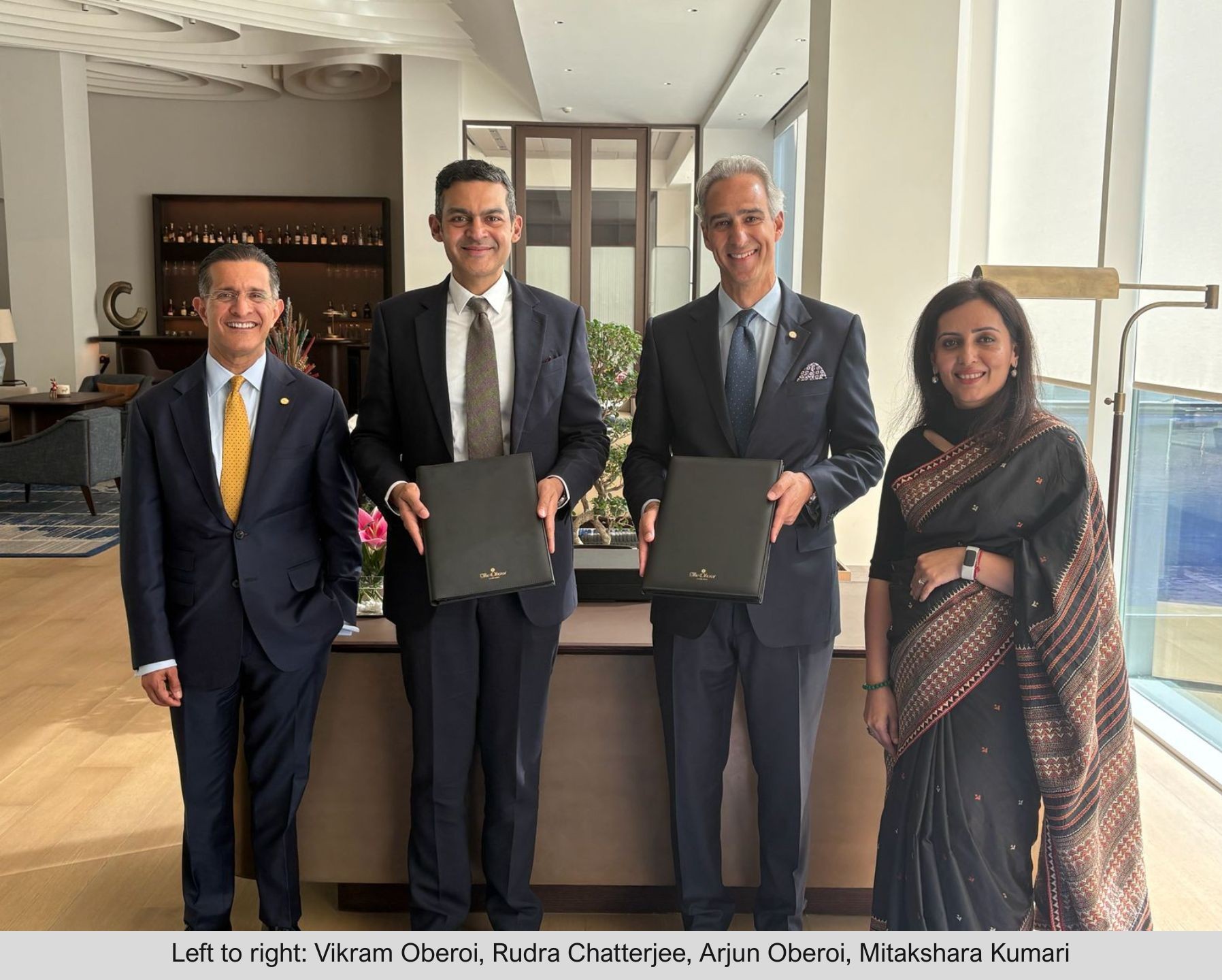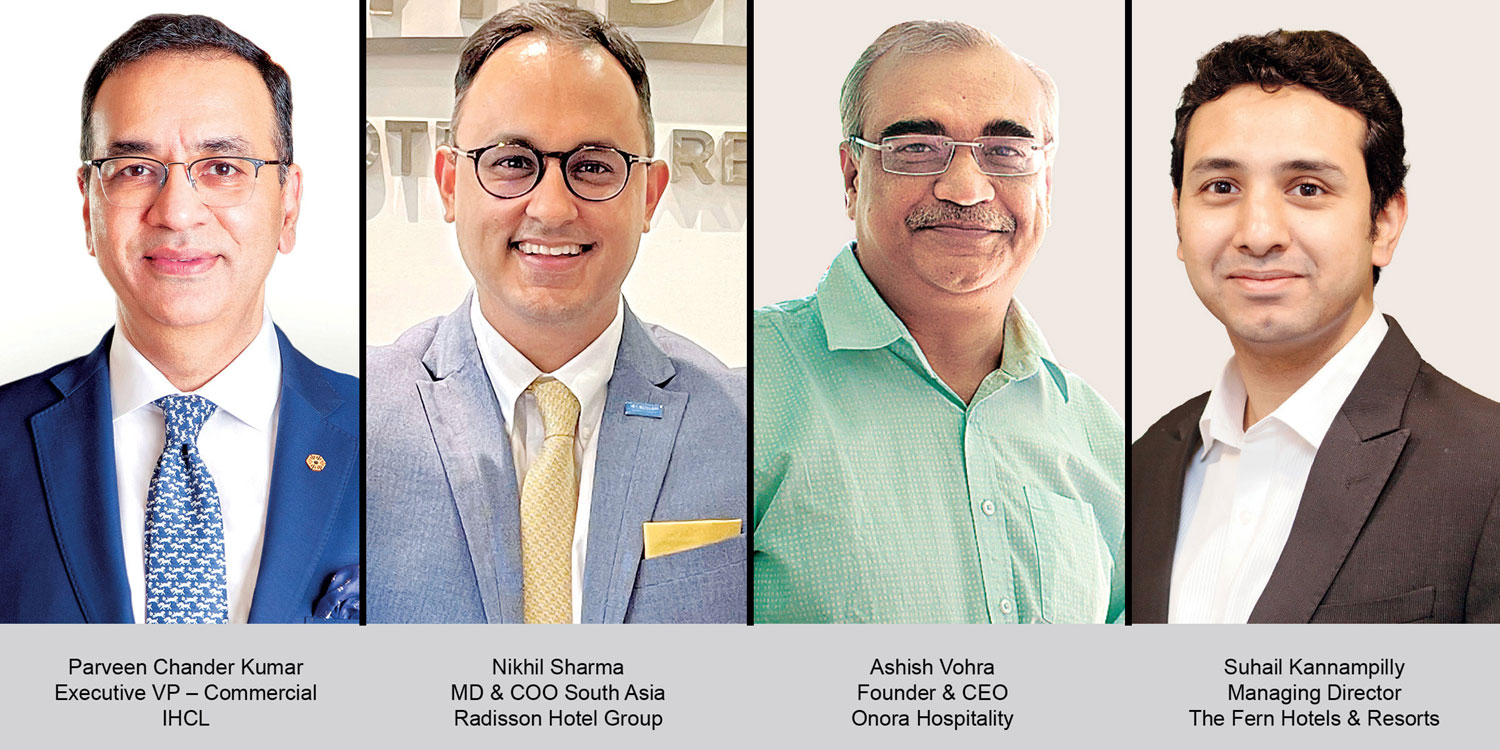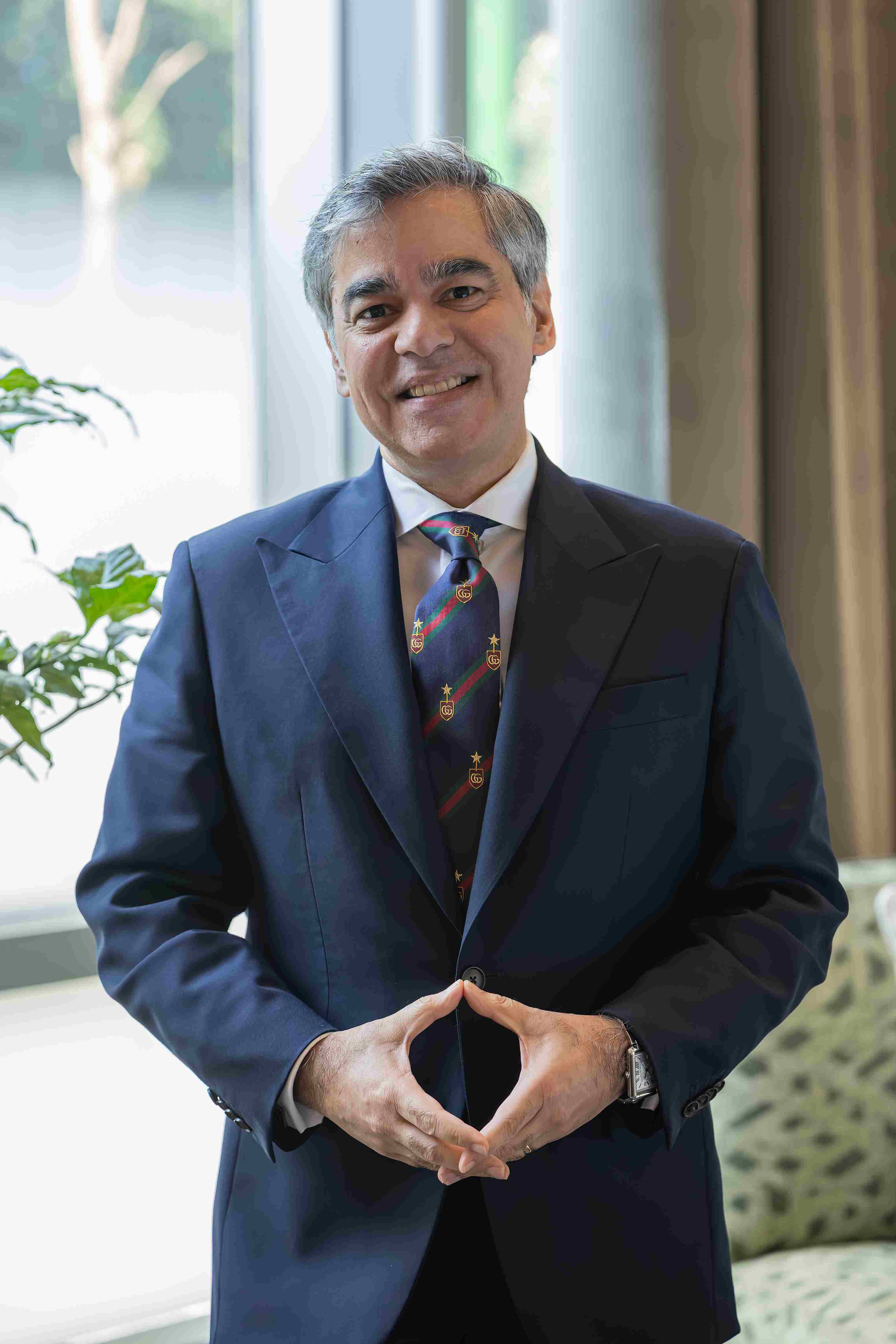Demand recovery has been sharper than expected aided by domestic leisure, transient passengers, MICE/ weddings and a gradual pick up in business travel and FTAs. Pan-India premium hotel occupancy likely to be at 68-70 per cent in FY2023, says a report.
TT Bureau
Notwithstanding the impact on demand with further COVID-19 waves, if any, ICRA expects the industry’s revenues and margins to return to pre-pandemic levels in FY2023. The demand is likely to stem largely from domestic leisure/ transient travel, although there will be gradual recovery in business travel and foreign tourist
arrivals (FTAs).
ICRA expects pan-India premium hotel occupancy to be at 68-70 per cent in FY2023, while the average room rate (ARR) is expected to hover around `5,600 to `5,800. The improved operating leverage along with sustenance of cost-optimisation measures will support margins.
Vinutaa S, VP and Sector Head, ICRA said, “The industry witnessed a healthy start to FY2023, with 56-58 per cent occupancy in premium hotels in Q1 FY2023. It was up from 40-42 per cent in FY2022 and closer to pre-COVID-2 occupancy of 60-62 per cent in Q1 FY2020. Pan-India ARR stood between `4,600 and `4,800 in Q1 FY2023, as against `4,200-4,400 in FY2022. It still remains at 16-18 per cent discount to pre-COVID-19 levels on an average, although a few high-end hotels and leisure destinations witnessed ARRs spike to higher than pre-COVID-19 levels in the last few months. The demand recovery was aided by leisure, transient passengers, MICE/ weddings and gradual pickup in business travel and FTAs.
“While leisure destinations and gateway cities witnessed healthy occupancy, cities dependent on business travellers such as Bengaluru and Pune will take a few more months to recover. Although Q1 FY2023 was among the best quarters since the pandemic outbreak, the revenue per available room (RevPAR) remains 20-22 per cent lower than pre-COVID-19 levels. For midscale hotels, the recovery has been slower due to the dependence on business travel. Furthermore, cost inflation has a bearing on mid-scale hotel demand,” she said. ICRA expects debt metrics to go back to pre-COVID-19 in FY2023 supported by better accruals. While some companies have raised funds, more announcements on fund raising can also be expected for deleveraging. Nevertheless, RoCE is expected to remain sub-cost of capital at least for the next four years.
Vinutaa added, “Our sample of 11 listed companies has reported a 38 per cent growth in revenues on a y-o-y basis in Q4 of FY2022, which is better than ICRA’s estimates. While it remained weaker on sequential basis compared to Q3 FY2022, it was one of the best quarters for the industry since the onset of the pandemic. The operating margins were healthy at 16 per cent in Q4 FY2022 (vis-a-vis an operating loss in Q4 FY2021).”
Hoteliers are expected to report stable performance in Q1 FY2023, aided by a strong leisure segment, and improvement in business travel and FTAs.
 TravTalk India Online Magazine
TravTalk India Online Magazine





